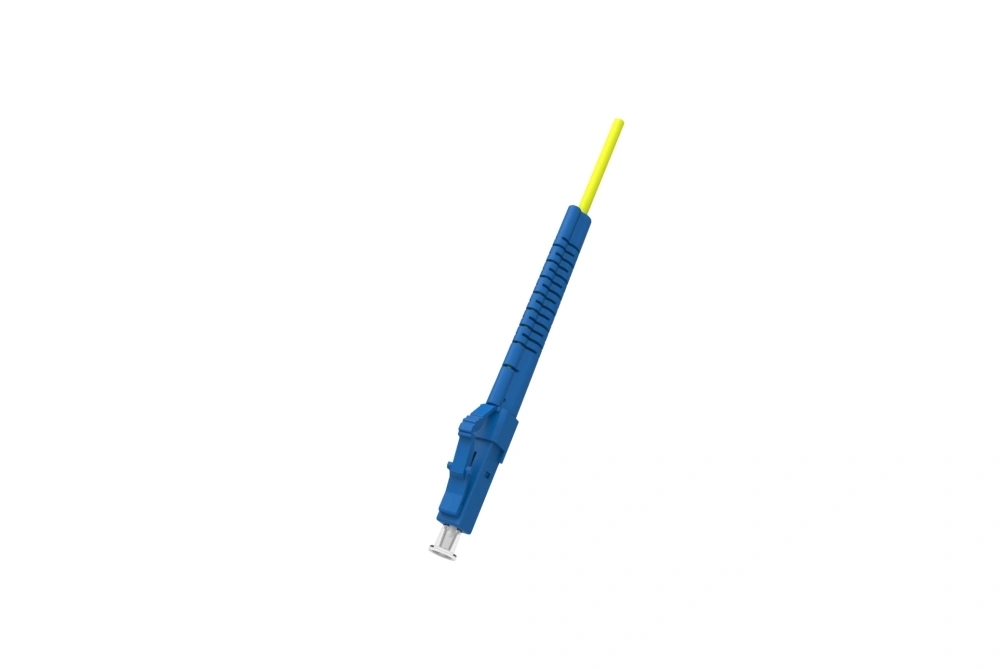Understanding the pros and cons of fiber jumper connectors and fiber fusion splicing

The advantages and disadvantages of fiber jumper connectors and fiber fusion splicing are compared in this article. Both techniques serve the purpose of connecting fiber optic cables, but they differ in terms of cost, simplicity, flexibility, and performance. Understanding the pros and cons of each method can help determine the most suitable option for specific applications.
1. Fiber Jumper Connectors
Fiber jumper connectors, also known as patch cords, are widely used in various fiber optic applications. They provide a convenient and quick means of connecting different devices or components. Here are some advantages and disadvantages of using fiber jumper connectors:
Advantages:
- Easy to install and replace
- Flexible and can be easily moved or repositioned
- Less expensive compared to fusion splicing
- Offers versatility by supporting various connector types
Disadvantages:
- Relatively higher insertion loss compared to fusion splicing
- Prone to signal degradation and increased reflectance
- Potential points of failure due to connector wear and tear
- Limitation on maximum distance due to signal losses
2. Fiber Fusion Splicing
Fiber fusion splicing is a technique that permanently joins two fiber optic cables together by melting their ends. This method offers a more robust and secure connection. Here are the advantages and disadvantages of using fiber fusion splicing:
Advantages:
- Low insertion loss for better signal transmission
- Provides higher reliability and durability
- Offers better long-term performance and stability
- Minimizes signal reflections and backscatter
Disadvantages:
- Requires specialized tools and expertise for installation
- More time-consuming process compared to jumper connectors
- Higher cost due to the need for fusion splicing equipment
- Less flexibility as the connection is permanent
Conclusion
In conclusion, both fiber jumper connectors and fiber fusion splicing have their advantages and disadvantages. Fiber jumper connectors are quick, flexible, and cost-effective, but they suffer from higher signal loss and potential points of failure. On the other hand, fiber fusion splicing offers excellent long-term performance and low insertion loss, but it requires specialized tools, time, and higher costs. The choice between the two techniques depends on the specific requirements of the application, including budget, signal integrity, and durability considerations.



